The Many Benefits of Dill in North American Butterfly and Vegetable Gardens
In North American gardens, dill serves as both a delightful addition to vegetable gardens and a vital component of butterfly gardens.
Anything that Grows Butterflies falls under “Butterfly Farming”
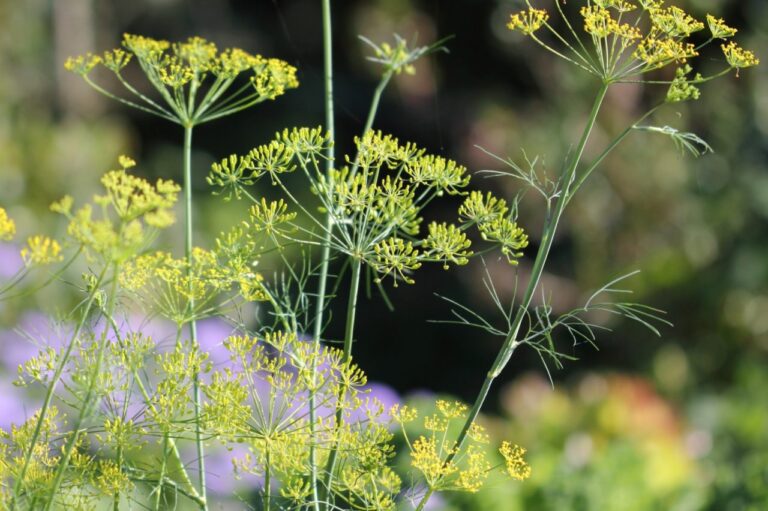
In North American gardens, dill serves as both a delightful addition to vegetable gardens and a vital component of butterfly gardens.
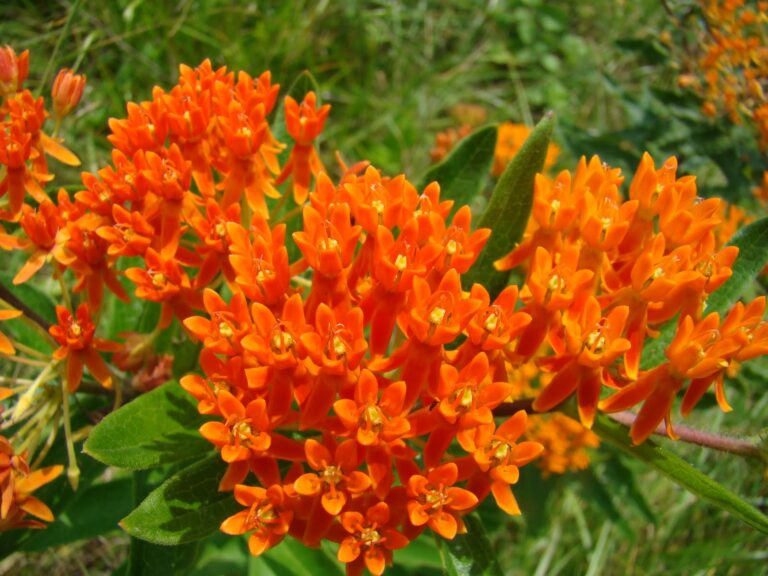
Despite its common name, Butterfly Weed is hardly a weed at all. Its beauty, ecological value, and ease of cultivation make it a prized plant for gardeners and conservationists

Expired Milkweed seeds are not destined for the waste bin; they’re potential wildflowers waiting to bloom.
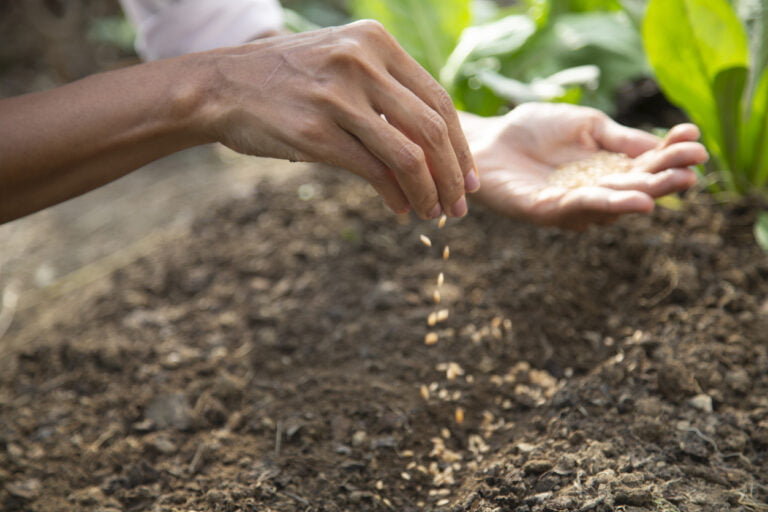
Plant More Milkweed—even just scattering seeds in suitable locations—is a simple yet powerful action that can have profound ecological benefits.
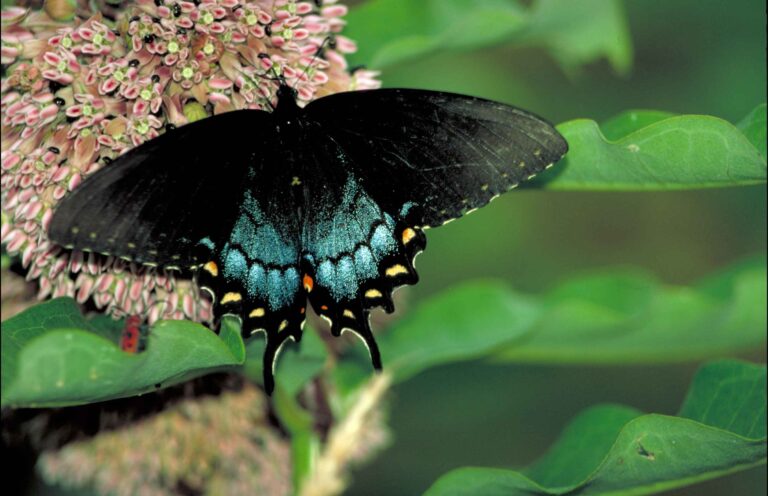
Known for its stunning appearance and fascinating life cycle, the Spicebush Swallowtail is a favorite among butterfly enthusiasts and nature lovers alike.
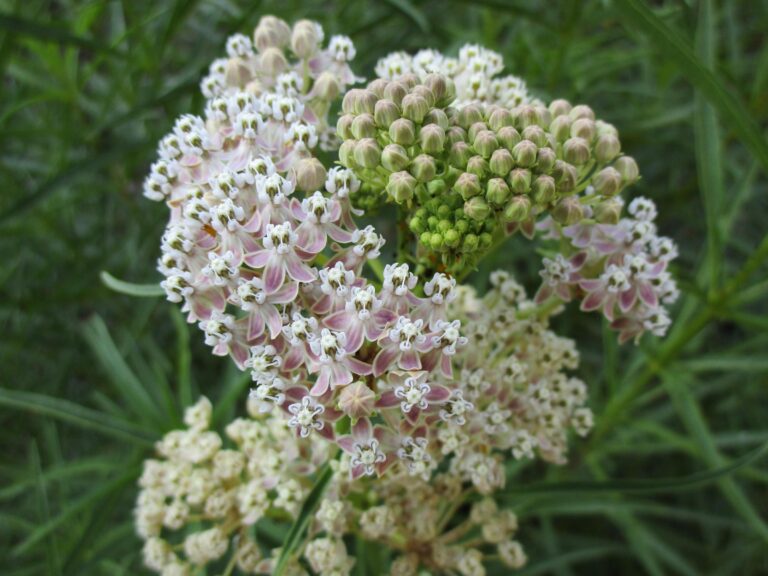
Narrowleaf Milkweed (Asclepias fascicularis) is native to the western United States. It can be found growing in a variety of habitats, including grasslands, open woodlands, and along roadsides.
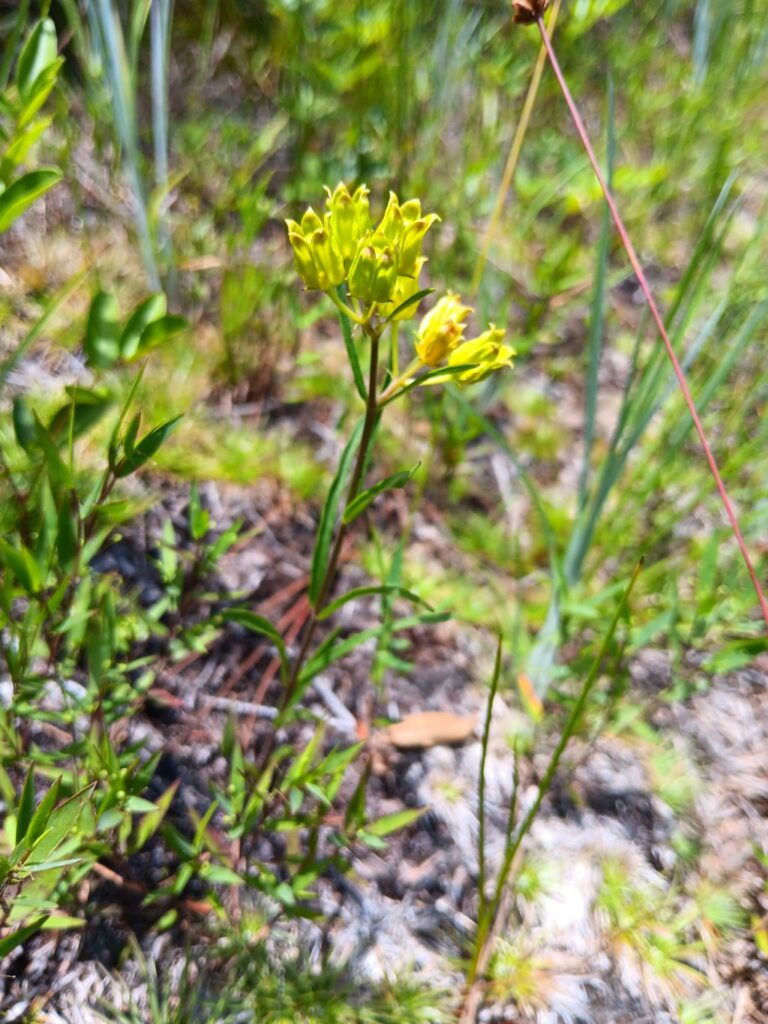
Savannah Milkweed (Asclepias pedicellata) is an essential component of the southeastern United States’ natural heritage.

Turns out, while it doesn’t make cheese, and it’s not a weed, Milkweed is a favorite among Monarch Butterflies and can be found all across Wisconsin’s pastures, prairies, and forests.